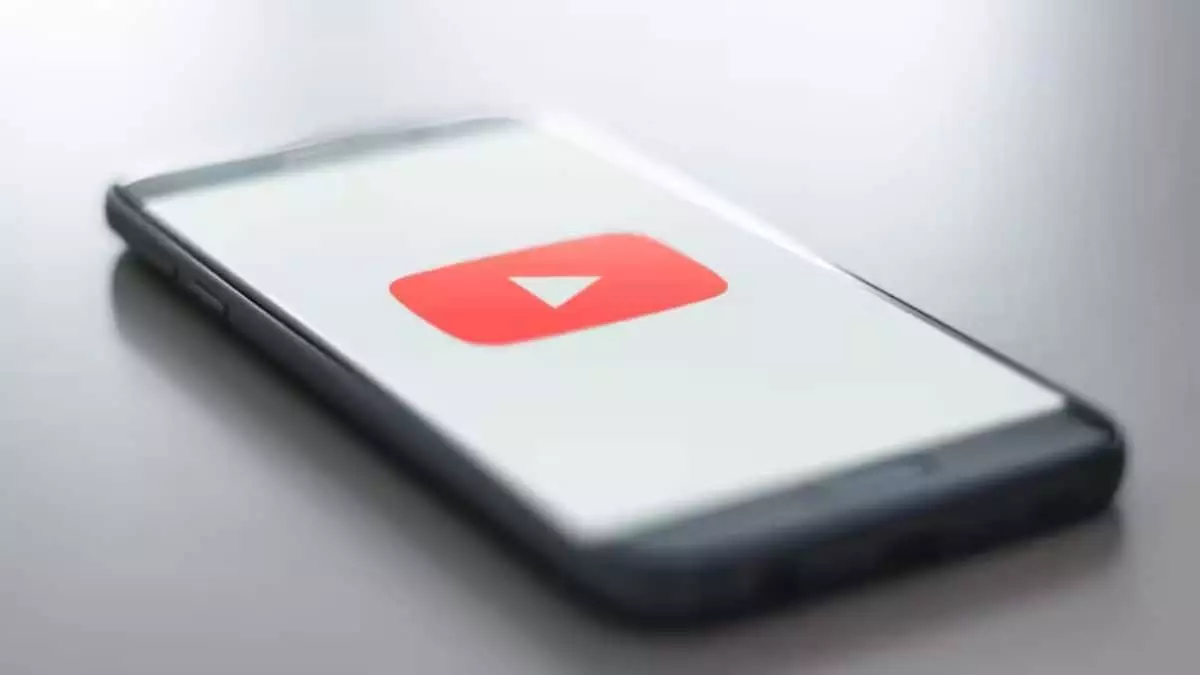In an effort to bolster user engagement and offer creators a more interactive platform, YouTube has unveiled two significant features: Communities and the Hype button. These enhancements, aimed primarily at fostering a sense of connection among users and creators, represent a strategic move by YouTube to retain its audience in a digital landscape that is becoming increasingly competitive.
The Communities feature allows creators to post updates, polls, and other content that can generate direct responses from their audience. This move is particularly noteworthy because, until now, the primary mode of interaction on YouTube was through comments, which can often feel impersonal and fragmented. Given that many creators have turned to external platforms like Discord or Facebook to maintain meaningful communication with their subscribers, the introduction of Communities is a decisive step toward keeping interactions within the YouTube ecosystem itself.
This feature will be rolled out gradually, targeting select channels first before becoming widely accessible. Creators have the option to enable this feature voluntarily, which means there is an element of personalization involved—it allows creators the autonomy to manage how they engage with their communities. However, this places the onus on creators to actively moderate their spaces using the new Community Hub tool, which could be a double-edged sword. While it enhances the sense of ownership among creators over their content, it also puts pressure on them to ensure a safe and respectful environment for discussions. Failure to manage these interactions appropriately could lead to toxicity, which creators must mitigate to maintain their audience’s trust.
Alongside the Communities feature, YouTube has also introduced the Hype button. Designed with emerging creators in mind—who often struggle to gain visibility despite having loyal followings—this feature presents a unique way for audiences to support their favorite channels. Users can “hype” videos from creators with fewer than 500,000 subscribers, which not only boosts the visibility of these videos but also enables viewers to feel invested in the success of these creators.
The mechanics of the Hype button present a nuanced approach to engagement. Viewers can give their favorite videos a hype rating for a limited time, but with specific constraints—such as the seven-day limitation post-publication—this adds an element of urgency. The Hype leaderboard, showcasing the most hyped videos of the week, acts as a channel for creators to gain exposure that might otherwise elude them in the vast sea of content available on the platform.
However, the complexity of the Hype system could also become a hurdle for users. The cap of three hypes per week might discourage some casual users from participating, while the potential addition of purchasable hype could spark debates over the commercialization of viewer support. Moreover, while the idea of a “small creator bonus” serves as an incentive, the precise implementation details are crucial. If mishandled, it could lead to frictions between larger channels and emerging creators.
Both these features signal YouTube’s recognition of the evolving content creation landscape, where community and interactivity are key drivers of platform loyalty. By enabling creators to cultivate a community directly on YouTube and providing tools that enable audience support, the platform is taking steps to enhance its usability.
Yet, the success of these features ultimately hinges on the response from creators and users alike. While these updates are promising, their practical application and reception could vary widely. If embraced, the features could redefine how content is consumed and interacted with on YouTube, promoting a more engaged and supportive ecosystem.
YouTube’s rollout of the Communities and Hype features represents a significant evolution in the platform’s capability to engage users. By fostering greater dialogue between creators and their audiences while also offering tools for emerging creators to gain traction, YouTube is demonstrating its commitment to nurturing a vibrant creator ecosystem. As the platform continues to grow and adapt, it remains to be seen how effectively these new features will be utilized by creators and how audiences will engage with them. The balance between innovation and user experience will be critical in determining the overall success of these initiatives.


Leave a Reply